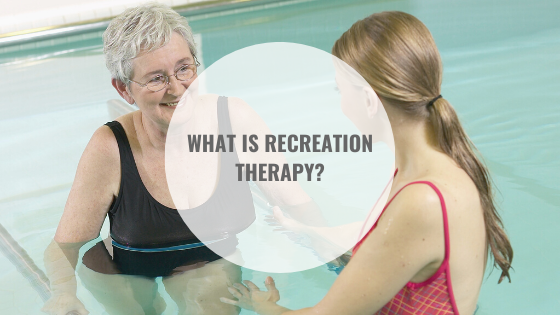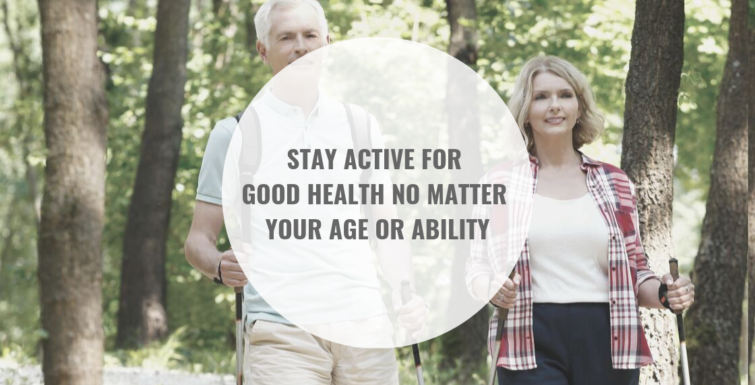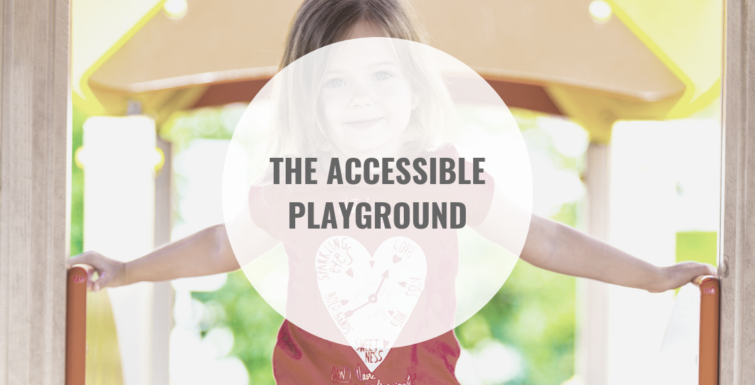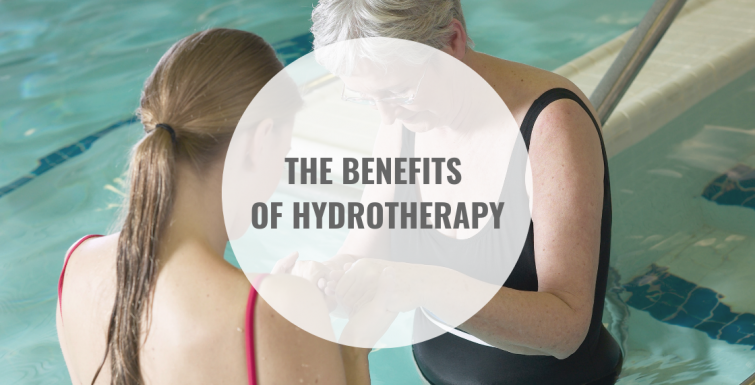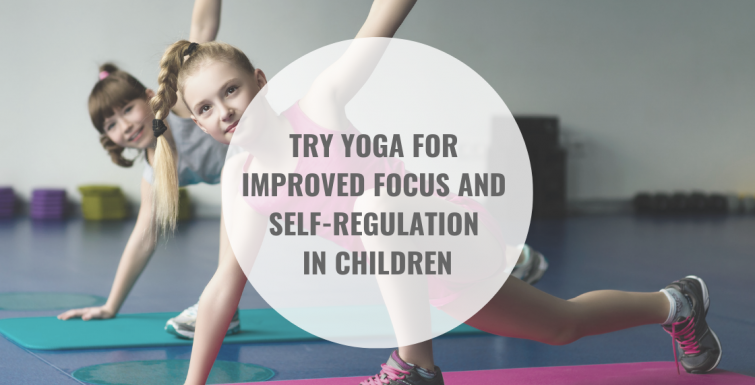Julie Entwistle, C.Dir. (c), MBA, BHSc (OT), BSc (Health / Gerontology)
Every day I benefit from the love of my animals. In fact, being an animal owner is not only part of my lifestyle, but has absolutely become part of who I am. My animals provide me with love, comfort, they calm me and make me smile and laugh. I have one at my feet right now and he is the one that tends to keep an eye on me – never too far away, watching, waiting, and looking for moments to connect with me, steal some cuddles or give me a quick wag to show his support. My animals also provide comfort and security to my children and it is not uncommon to see a kid doing homework or relaxing in her room while surrounded by her four-legged beasts much like Snow White. However, like children, animals are not always easy and at times can be all-consuming, frustrating, and difficult to manage. Pets are not for everyone, especially during times of trauma, transition, or change. In the end, my dogs provide me and my family with a “service”, but these are far from “service animals”. I will explain.
Pets are animals that we keep inside to provide us all the comforts and joys that animals can provide. Sure, we take them outside, but that is equally for their benefit as it is for ours (dog parks, nature walks, doggie play dates). Maybe to the vet, groomers or to visit with dog-friendly friends. But pets are typically a hot mess in public spaces. My dogs are wonderful at home and are trained to be good here, but If I took one of them to a restaurant he would pretend to be looking for some affection while simultaneously snatching the steak off my plate, or diving to grab that roll that landed on the floor. He would be underfoot and anxious, nervous of the chaos and commotion. And in getting him into the restaurant he would not hesitate to chase a squirrel across the road while dragging me as the leash holder into traffic with him. After all he is a pet; he is not trained in how to properly manage public spaces.
True service animals are pets, sure, because they provide all the supports of an animal at home. But they are also exceptionally well trained to behave in public. They can navigate public spaces with focus, comfort and ease because they have experience here, and know what is expected. They are not distracted by squirrels or steak and get used to being so attentive to their owners such that affection from strangers when out of the home is not something they crave. They are trained to react to situations with consistency and based on what the owner needs – they will not jump on someone in an elevator, bark, urinate in the lobby, or wrap their leash around someone’s leg. They won’t bite anyone because they are screened as non-aggressive and are trained to have restraint (unless they are a trained guard dog in which case they provide owner protection on appropriate command). Service animals provide just that – a “service” to someone in need. They are not just “pets in a vest out in public.”
In Ontario, owners of service animals, in addition to donning the animal in a vest, are required to carry a “prescription” to explain that they need the dog in public spaces. This “prescription” can be written by a health professional, and to protect the privacy of the animal owner, is often discrete and vague (“requires the service animal for medical reasons or reasons of mental health”). Many people with these scripts won’t look or act disabled on the surface, hence the need for supporting documentation. Unfortunately, with service and support dog vests available online, the note becomes necessary to prove a need and to allow the owner of an establishment to be comfortable having the animal inside.
As occupational therapists, we can provide these scripts and notes to owners of service and support animals. In many settings, we also assist people to obtain funding for the animal and its training. What we need to understand, however, is the responsibility that comes with this. Should the animal misbehave at home or in public and harms someone or the owner, the prescriber of the animal could prove liable as the one indicating the animal was needed and was suitable for the purposes of service and support. To protect ourselves from this, there are things we should consider:
1. Ensure the animal is not a pet in the first place. Confirm that the animal is trained, has been vetted to be suitable, and can handle the important responsibilities that come with wearing a service animal vest. The best way to do this is to ensure the animal was provided by a reputable facility that works with animals for this purpose. A list of such facilities in Ontario is included below.
2. Ensure your note has an expiry date. An open-ended script that could be carried for years or decades does not ensure that you are referring to “this animal” at “this time”. Consider dating your script to ensure it is reviewed perhaps annually like other processes that involve our signature (parking permits, tax forms, etc.).
3. Recognize that supporting the funding for someone to obtain or purchase an animal could also be considered a “script” whereby you are taking ownership for this animal as a service dog. If you complete a letter of recommendation, complete with funding support, that could be enough for someone to carry with them, written by an “occupational therapist” as proof of the need.
4. In the cases of mental health, consider the value of having this prescribed by a psychologist, psychiatrist or psychotherapist if warranted. Consider your own knowledge, skills, and experience with the client and their disability in recommending this type of need. Ensure there is an appropriate diagnosis of mental health which is best obtained from a registered mental health professional.
In researching for this blog, I was provided a very informative and helpful document written by a Psychologist, Registered Dog Breeder, and Executive Director of Hope Heels Service Dogs: Dr. Aanderson. This resource is also included below. This document explains service animal laws across Canada, and clearly outlines the differences between a guide dog, service or support dog and pet. It provides a decision tree to help professionals like myself navigate the important conversation with clients regarding the use of a service dog, and how this differs from a pet, in deciding whether to “prescribe” this or not.
I am sure many of us have witnessed an animal in a public space that was wearing a vest and misbehaving. In one instance, someone in an elevator with me said to the owner of a vested “support animal” that was climbing on people “there is no way that is a service dog.” The owner just exited the elevator without responding. Service animal or not, it is an abuse of process and blatant disregard to the training and time that goes into true service animals to try and present a pet in this way. Service animals provide an immense amount of support to those they are trained to help. As professionals, we have a responsibility to continue to safeguard the true use of these animals, the programs that train them and the people that need them. Consider using Dr. Aanderson’s guide before providing written support for these valuable four-legged aids to daily living.
Resources:
Aanderson Service Dog Prescriber Guidelines
Service Dog Providers in Ontario – Current as of October 2019


